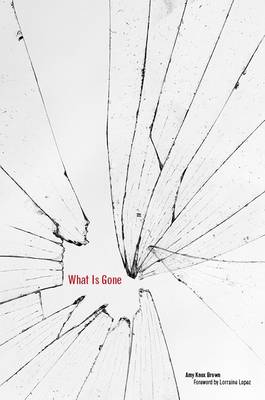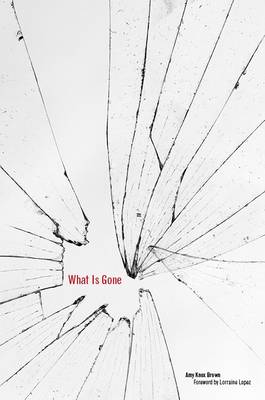
- Afhalen na 1 uur in een winkel met voorraad
- Gratis thuislevering in België vanaf € 30
- Ruim aanbod met 7 miljoen producten
- Afhalen na 1 uur in een winkel met voorraad
- Gratis thuislevering in België vanaf € 30
- Ruim aanbod met 7 miljoen producten
Zoeken
Omschrijving
What Is Gone is a story of violence and nostalgia, the inextricable connections between identity and place, narrated by a woman who grew up in the comforting cultural geography of Lincoln, Nebraska, a town that made her feel so safe she became almost incapable of comprehending danger. Even after her own encounter with violence--a brutal rape in nearby Omaha in 1985--she returns to her hometown convinced that it was the city she remembered, department stores staffed by familiar clerks, the buildings themselves repositories of comforting memories. But then, in the fall of 1992, Candice Harms, a first-year student at the University of Nebraska, disappears. This harrowing mystery, combined with evidence that the Lincoln she has known is disappearing--stores closing, her beloved downtown becoming strangely vacated--compels Brown to reconsider what she'd grown up accepting as truth.What Is Gone, centered in Nebraska but connecting to the larger landscape of the nation, examines questions both personal and universal: Do anchoring memories--the persistence of what was--leave you perennially at risk? How does--and should--experiencing violence alter who you are? As the months pass with Candice Harms still missing and the perpetrators of her disappearance at large, Brown reexamines her childhood and young adulthood. Probing pockets of dark experience she'd dismissed or rationalized away, she leads us to explore our own internal narratives of place--asking the reader to reflect on how much of what we choose to believe is ever true.
Specificaties
Betrokkenen
- Auteur(s):
- Uitgeverij:
Inhoud
- Aantal bladzijden:
- 224
- Taal:
- Engels
- Reeks:
Eigenschappen
- Productcode (EAN):
- 9781682830000
- Verschijningsdatum:
- 31/07/2017
- Uitvoering:
- Hardcover
- Formaat:
- Genaaid
- Afmetingen:
- 160 mm x 234 mm
- Gewicht:
- 476 g

Alleen bij Standaard Boekhandel
+ 83 punten op je klantenkaart van Standaard Boekhandel
Beoordelingen
We publiceren alleen reviews die voldoen aan de voorwaarden voor reviews. Bekijk onze voorwaarden voor reviews.








